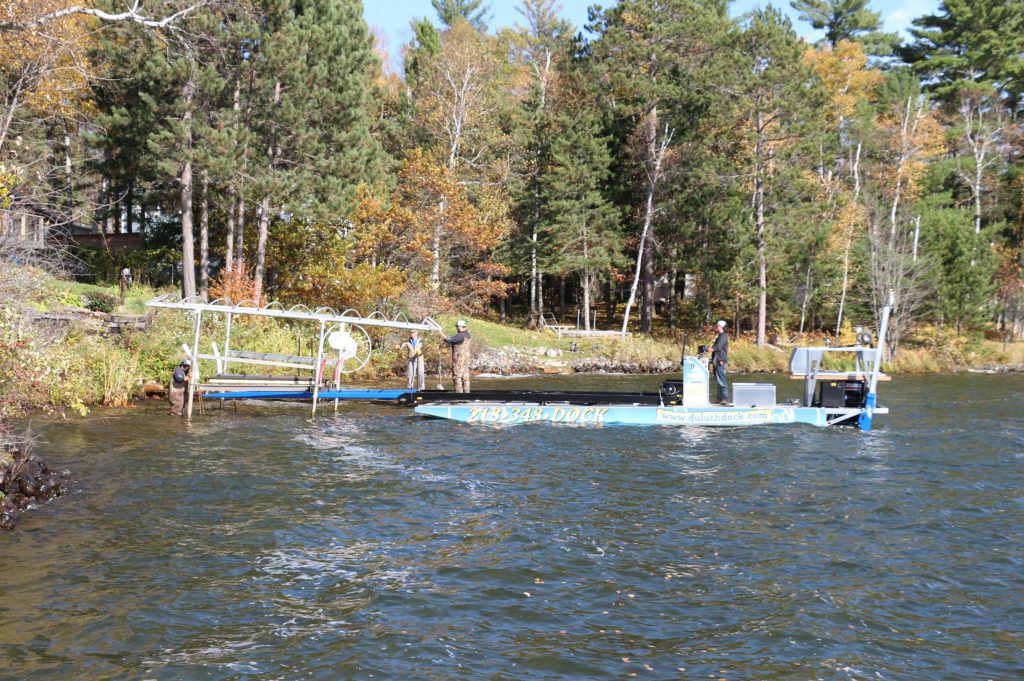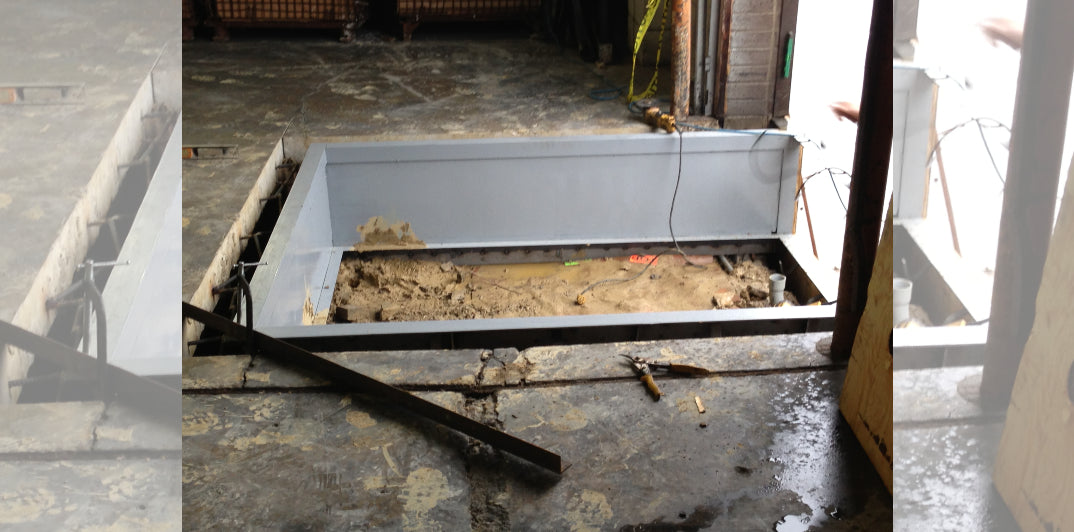Understanding the Costs Associated With Dock Repairs
Understanding the Costs Associated With Dock Repairs
Blog Article
Effective Dock Repair Service Techniques: Making Certain Architectural Honesty
Making certain the architectural stability of docks via effective repair techniques is paramount for the longevity and safety and security of aquatic centers. This involves a multi-faceted approach starting with thorough examinations making use of innovative innovations like sonar equipment and from another location ran lorries (ROVs) to identify both noticeable and concealed damages. Ultimately, picking the ideal repair work products, such as corrosion-resistant alloys and composite materials, is important for toughness. Structural reinforcement approaches, including the implementation of cross-bracing systems and load-distribution plates, play a vital role in mitigating stress and anxiety factors. Nevertheless, the significance of these strategies ends up being evident when discovering sophisticated repair service approaches and preventative upkeep techniques.
Evaluating Dock Damage
Analyzing dock damage is an important initial action in making certain the architectural honesty and safety and security of any docking facility. Key aspects to take a look at include the dock's foundation, pilings, decking, and hardware (Dock Repairs).
Structural designers or certified examiners commonly execute these analyses making use of specialized strategies and devices. Underwater evaluations may use sonar devices or from another location ran cars (ROVs) to discover submerged damages. Over water, visual evaluations are enhanced by utilizing moisture meters and other analysis tools to uncover underlying concerns not promptly visible to the nude eye.

Deciding On Fixing Materials
Selecting the suitable repair service products is an essential action in the dock restoration process, one that directly influences the longevity and performance of the repaired structure. Material selection need to be driven by factors such as environmental problems, load-bearing requirements, and compatibility with existing dock components. Wood is a conventional option for docks due to its natural resilience and aesthetic allure. Nonetheless, picking the ideal kind of timber, such as pressure-treated lumber or naturally rot-resistant species like cedar or teak, is crucial to withstand aquatic environments.
Along with wood, composite materials are significantly prominent due to their resilience and reduced maintenance needs. Composites, typically made from a mix of plastic and wood fibers, supply exceptional resistance to rot, insects, and UV damages. For metal anchors, picking corrosion-resistant alloys such as galvanized steel or marine-grade aluminum is important to prevent corrosion and guarantee architectural stability in saline water problems.
Epoxy resins and marine-grade sealers are essential for fixing splits and sealing joints, offering a water-proof barrier and improving the dock's total strength. By carefully choosing high-quality materials, dock repair work can accomplish durable outcomes, thereby protecting versus future destruction and ensuring safe, trusted use.
Structural Reinforcement Techniques
Efficient architectural support strategies are crucial in guaranteeing the stability and durability of dock fixings. One basic approach involves using steel or composite reinforcement bars (rebar) within concrete structures. Rebar supplies extra tensile stamina, protecting against fractures and dispersing tons a lot more equally. This approach is specifically reliable for anchors subjected to hefty tons or try these out extreme ecological problems.
Another important strategy is the application of fiber-reinforced polymers (FRP) These materials provide high strength-to-weight proportions and superb resistance to corrosion, making them perfect for enhancing wood or concrete anchors. FRP can be applied in strips or sheets and adhered with epoxy materials to enhance architectural honesty.
Bracing and securing systems likewise play a vital role in structural reinforcement. Cross-bracing, making use of metal or wood beam of lights, can counteract side forces, decreasing guiding and motion. Anchoring systems, such as helical piers or driven stacks, supply a stable structure by transferring lots to deeper, extra steady soil layers.
Lastly, the assimilation of load-distribution plates can aid distribute weight much more evenly across the dock's surface area, reducing local tension factors. These techniques jointly guarantee that docks stay robust and risk-free, efficient in enduring the roughness of their functional setting.
Advanced Repair Techniques

One more sophisticated method entails undersea welding, which enables repairs to be conducted without the demand to dewater the location. This approach is specifically helpful for resolving architectural problems in submerged dock elements, making sure very little disruption to operations. Boosted welding strategies, paired with robotic systems, deliver precision and integrity, consequently prolonging the life expectancy of the dock.
Additionally, cathodic protection systems are applied to protect against rust in metallic dock structures. By making use of sacrificial anodes or pleased present systems, these techniques properly alleviate the electrochemical processes that lead to material wear and tear.
Lastly, progressed tracking technologies, such as architectural health and wellness monitoring (SHM) systems, give real-time data on the condition of dock frameworks. go to this web-site These systems enable websites aggressive maintenance and prompt interventions, inevitably making sure the long-term architectural integrity of the dock.
Upkeep and Prevention
Upkeep and prevention are basic ideas that underpin the longevity and security of dock structures. Normal evaluations are extremely important, permitting early discovery of wear and tear, prospective weak points, and environmental influences. A proactive technique, entailing regular checks for deterioration, rot, and structural changes, mitigates expensive repairs and extends the dock's functional life.
Precautionary actions should include using safety finishes to metal components to defend against rust and utilizing cured timber to resist decay. Furthermore, ensuring appropriate drain and air flow can prevent water build-up, which is a typical reason of architectural degradation. Integrating high quality products and sticking to manufacturer guidelines during building and construction and repair phases likewise play critical roles in improving longevity.

Training employees in dock upkeep finest methods ensures consistent application of safety nets. Leveraging technical advancements, such as drones for inspections and sensing units for real-time tracking, can even more enhance upkeep efforts. By prioritizing upkeep and prevention, dock proprietors can make sure structural integrity, functional security, and cost-effective monitoring over the dock's life expectancy.
Verdict
In verdict, keeping the architectural honesty of aquatic facilities necessitates detailed dock repair strategies. Advanced repair service strategies, paired with normal maintenance practices, ensure the dock continues to be secure and operational under varied environmental conditions.
Making sure the architectural honesty of anchors with reliable repair work techniques is vital for the durability and security of marine facilities.Picking the appropriate repair materials is a critical step in the dock reconstruction process, one that straight affects the long life and performance of the repaired structure.Effective structural support techniques are important in making certain the security and long life of dock repairs. By focusing on maintenance and prevention, dock owners can make sure architectural honesty, operational safety, and cost-efficient administration over the dock's life expectancy.
In conclusion, maintaining the structural stability of marine facilities necessitates comprehensive dock fixing strategies.
Report this page